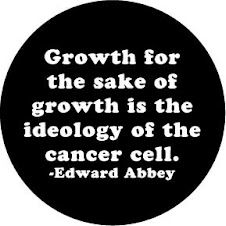
We have finally got our wood stove installed. As it turned out the installation was the easiest bit, largely because I agonized over the details before ordering the parts, consequently they all fit perfectly and are operating as designed. Even breaking through the chimney was no big deal, turns out this side is only 1 brick thick so it only took about an hour to open up a hole big enough for the stove pipe. We used a liner all the way to the top of the chimney so we decided we didn't need to totally block off the fireplace on the other side. We just closed the flue and will probably stack a bunch of stone or urbancrete in there to add thermal mass and insure it never gets used again. The real work has been tearing out the wall and building a post and beam structure to support the upstairs floor. That part is still not finished, nor is the floor in the parlour tiled yet (we can't agree on the tiles). We put down some concrete board and laid a few remnant tiles on top to form the pad and protect the subfloor from cinders. You also see in the picture the silver outside air pipe leading around the corner to a hole in the floor. It is currently drawing air from the crawlspace/basement but will eventually be routed to the outside. This prevents the stove from cooling down the house by pulling indoor warm air thus requiring outdoor cold air to replace it. The same effect is why fireplaces are so bad at heating houses.
The other real time consumer has been dealing with the firewood. Since I forage the neighborhood for it on trash day, it has been coming in for many months and initially I cut it too large. This required cutting it all down to fit our smaller than expected stove. Also, I had collected so much that it was stacked in such a way that the driest wood was inaccessible behind the wettest. So I clearly had to rearrange the several tons of wood I already had and prepare the way for that which is still coming in. We have been heating with wood for several weeks now and it is amazing how quickly we are going through it. It won't be long before one whole stack, about 10' long and 6' high, one log deep, is almost gone. I've been moving much of it up to the porch and inside to free up the rack for wood yet to cut.
We paid about $1000 dollars for the stove and all the parts. The fuel is free and since we are doing almost 100% of our heating and about 70% of our cooking on it we should save over $100/month on our gas bill. At 4 to 5 months of heating season per year we should pay it off in 3 years or less.
Here is the sequence of construction and installation shots.
 |
| The wall and closet that had to come out. |
 |
| Princess Ann doing a structural inspection. |
 |
| busting through the chimney |
 |
| assembling liner and cap before going up on the roof |
 |
| screwing and sealing stove pipes |
 |
| the royal seal of approval |
 |
| the first break in fire |












.jpg)






